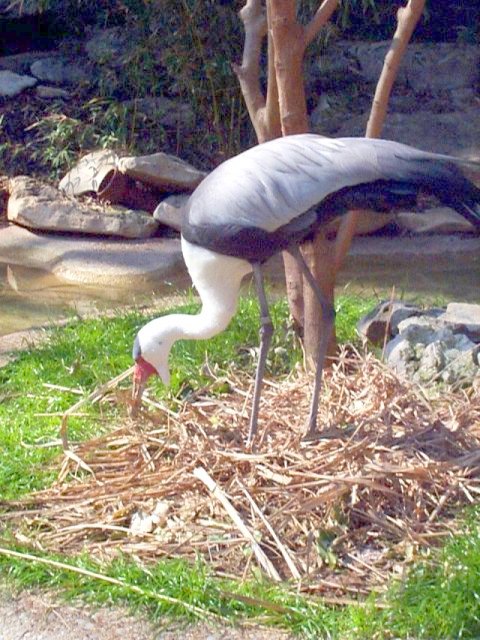Bugeranus caruncalatus
|
Comments about the Wattled Crane of the Fort Worth Zoo: Wattled crane at zoo does not seem to be a menace, it has caused no problems and has not become territorial as many animals do with new surroundings.Also, it stays very close to water, since it is the most aquatic cranes of Africa |
|
Source Materials
and Related Links:
International Crane Foundation: http://www.savingcranes.org/species/wattled.asp ROBERTS' BIRDS OF SOUTH AFRICA. G.L. Maclean. John Voelcker Bird Book Fund, Cape Town, 1985. SOUTHERN AFRICA'S THREATENED WILDLIFE. J. Ledger. Endangered Wildlife Trust, Johannesburg, 1990. |
|
Send E-mail to luccy25@hotmail.com or to mac@whozoo.org |
WhoZoo Home
Mammals
at the Fort Worth Zoo
Birds
at the Fort Worth Zoo
Reptiles
and Amphibians at the Fort Worth Zoo
Fish
at the Fort Worth Zoo
Invertebrates
at the Fort Worth Zoo



